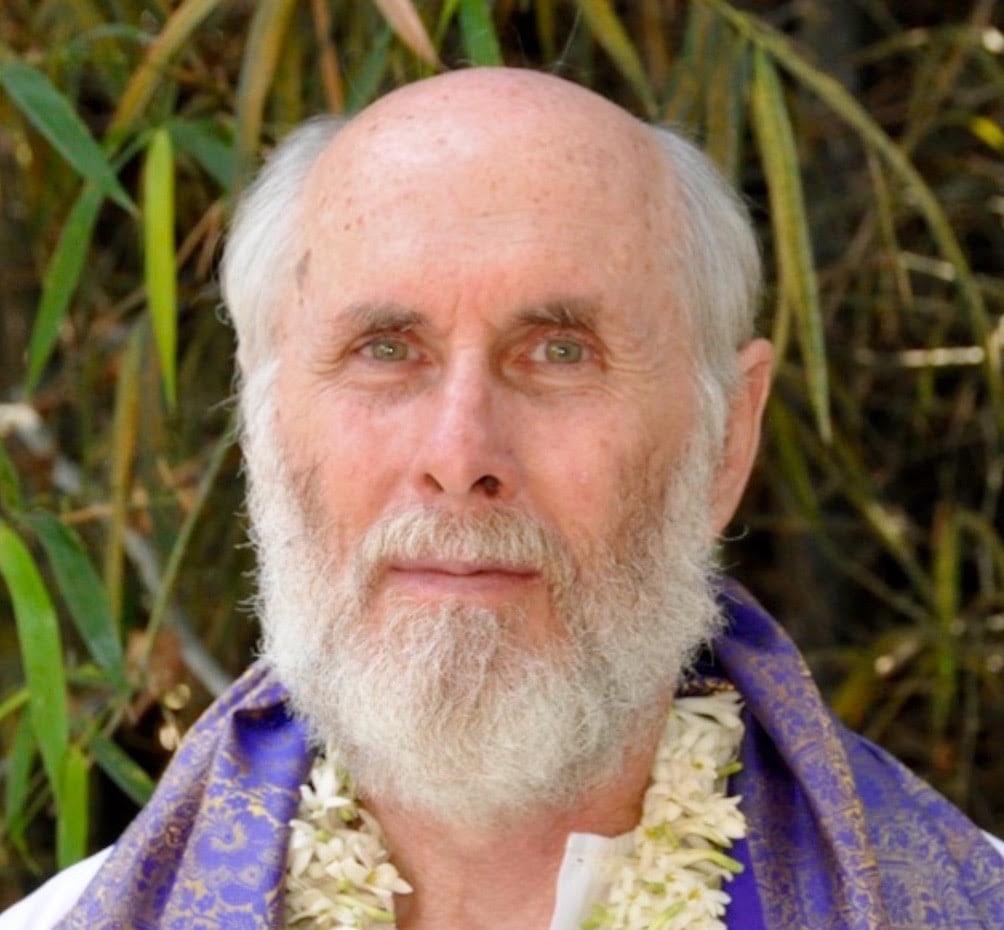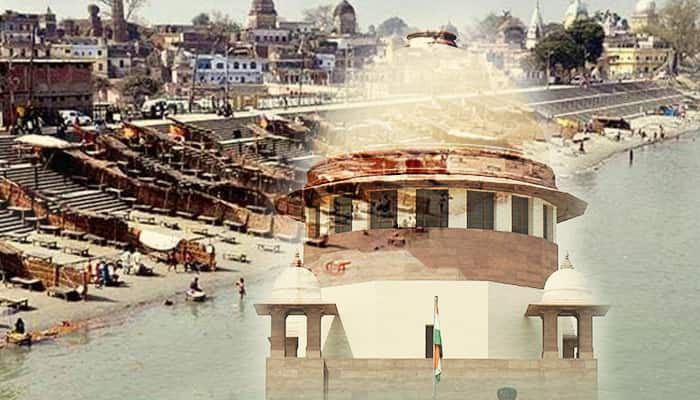The unresolved Ram temple issue has kept the spirit of the country suppressed. Let India welcome Sri Ram and his family at their home in Ayodhya. They are no threat to anyone or to any worship of the Divine
Now that the courts are going to examine the Ayodhya case again soon. Let us look at the issues involved.
Ayodhya is not a case of needing to afford equal respect for all religious sentiments, as some would hold. It is about recognising the weight of religious sentiments in the case, which clearly belongs to the Hindus. Ayodhya is the first and the foremost of the seven sacred cities of the Hindus going back to ancient times, where it is mentioned long ago in Atharva Veda as the city of the Devas.

There are more than 150 sacred sites in Ayodhya relative to the Ramayana. Only one thing is missing, a magnificent Ram temple. The question therefore arises, would the Hindus have recognised so many ancient sacred sites in Ayodhya and never built a magnificent temple to Sri Rama as their central focus? Obviously not.
What then happened to such a temple that must have been there? Clearly, it was destroyed and replaced by a mosque as Islamic rulers would want to dominate the city of Rama, the national hero of their enemies that they defeated. To this, we can note that there are almost no ancient Ram temples anywhere in North India. Obviously, this is not an architectural anomaly. They were likely intentionally destroyed and there are records of this. So were many other Hindu temples.
The weight of religious sentiment in Ayodhya is with the Hindus. Ayodhya is not Mecca or Medina. Rama is one of the main avatars of the Hindus, not a prophet of Islam found in the Koran, nor are any other Koranic prophets associated with Ayodhya.
Ayodhya not important for Muslims
Muslims throughout the world, except in some parts of India, do not even know where Ayodhya is located or whether there is a mosque there or not. Saudis have demolished most of the mosques in Saudi Arabia because as strict Wahhabis they don’t worship buildings. If Muslims in India would need to lament the loss of their sacred historical mosques, these would be in Saudi Arabia, not in Ayodhya.
In addition, Muslims cannot agree if Babri Masjid was a Sunni or a Shia mosque, and the Shias are willing to let it go. On the other hand, what Hindu does not know of Sita, Rama and Hanuman, and Ayodhya?
Ram Rajya and modern India’s identity
India’s independence movement set forth the idea of Ram Rajya, including Mahatma Gandhi himself. Yet because of Nehru, who blocked the reclaiming of Ayodhya for the Hindus, independent India continued the exile of Rama from his own native land. Perhaps that is why India only developed slowly and fitfully under the Nehru dynasty, which refused to let Ram Rajya take any tangible form in the country. Such a national betrayal of its ideal king and ruler has not occurred anywhere else in the world.
Congress in 1992 lamented the Hindu demolition of Babri Masjid as the breaking of a five-thousand-year tradition of non-violence in India. Yet it did not mention the thousand or more years of Islamic assaults on India, or those by the British or Portuguese, who never honored non-violence in the first place, nor the many Hindus, Buddhists and Sikhs who fought against the invaders. Hindus were quickly blamed as intolerant for trying to reclaim one of their most sacred sites that had long been stolen, whereas those who destroyed such numerous such sites were not called intolerant or even criticized.
No other religious group has failed to reclaim their sacred sites when freed from outside rule. Eastern European countries like Bulgaria or Serbia did not hesitate to remove mosques or to restore churches that had been turned into mosques and no one has complained about it.
Babri Masjid was never a major sacred site for the Muslims and Hindus continued to worship there as Ram Janmabhoomi, Rama’s place of birth. Today there is a steady stream of Hindu pilgrims to the site. Ayodhya as a whole has remained strongly Hindu and Babri Masjid as a large mosque seemed out of place in the area. While some Islamic groups are fighting to hold the land, clearly the site is already a Hindu pilgrimage site and that will not stop. There are no Muslims willing to endure the hardships of Hindu pilgrims or demonstrate a similar faith for Babri Masjid as Hindus have for Ram Janmabhoomi.
Time to move forward
It is time for India to move forward. The unresolved Ram temple issue has kept the spirit of the country suppressed. Let India welcome Sri Ram and his family at their home in Ayodhya. They are no threat to anyone or to any worship of the Divine. Jai Sri Ram!
(Disclaimer: The views expressed here are those of the author)
Last Updated Sep 28, 2018, 1:13 PM IST











![Salman Khan sets stage on fire for Anant Ambani, Radhika Merchant pre-wedding festivities [WATCH] ATG](https://static-ai.asianetnews.com/images/01hr1hh8y86gvb4kbqgnyhc0w0/whatsapp-image-2024-03-03-at-12-24-37-pm_100x60xt.jpg)
![Pregnant Deepika Padukone dances with Ranveer Singh at Anant Ambani, Radhika Merchant pre-wedding bash [WATCH] ATG](https://static-ai.asianetnews.com/images/01hr1ffyd3nzqzgm6ba0k87vr8/whatsapp-image-2024-03-03-at-11-45-35-am_100x60xt.jpg)



